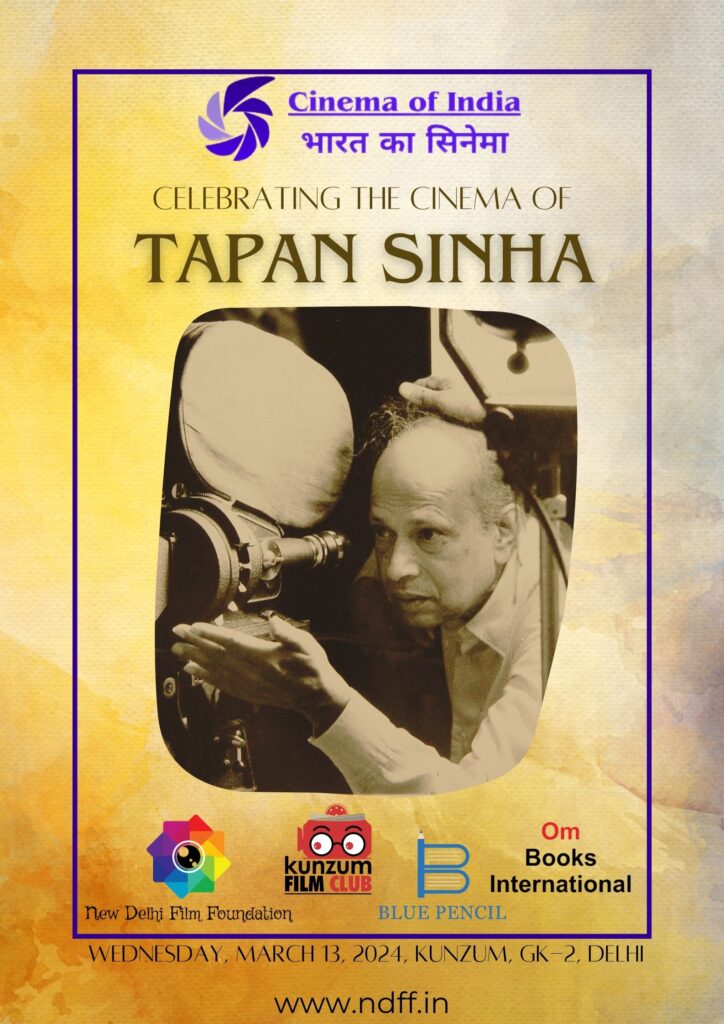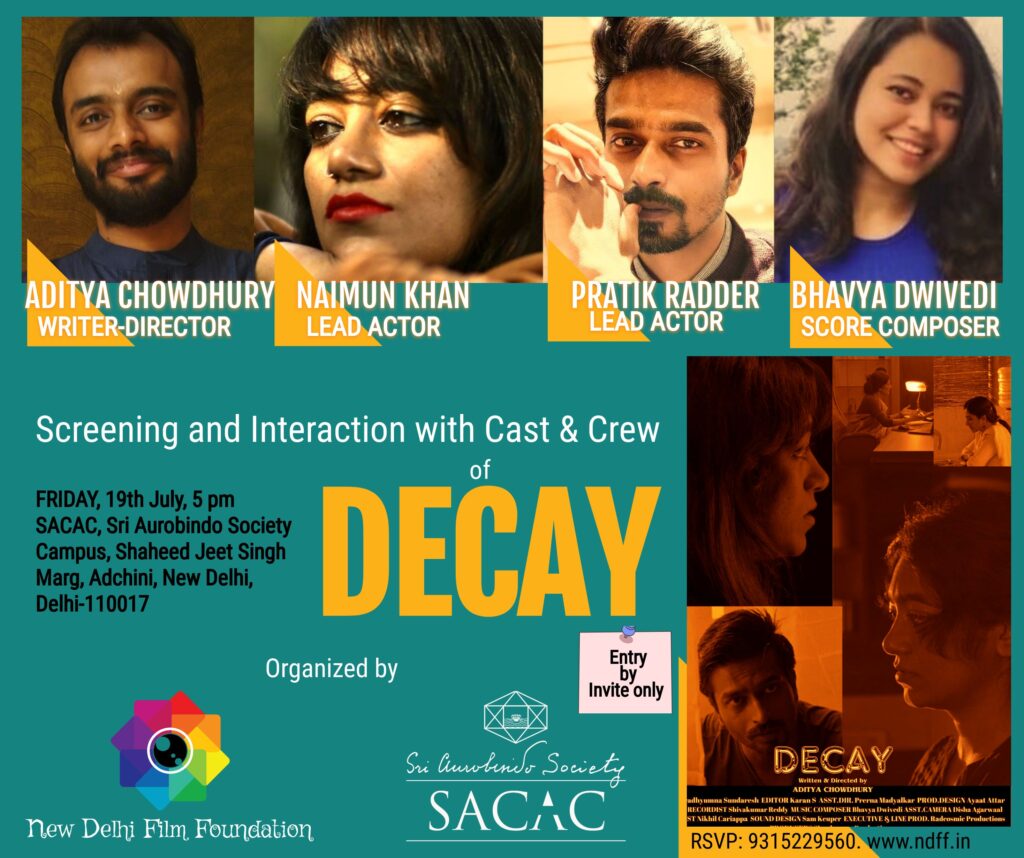There Are More Things Common Between Dilip Kumar And Naseeruddin Shah Than Their Differences


After Dilip Kumar’s demise, a question was also raised about his legacy, a question made more vexed by Naseeruddin Shah’s salvos against him in his tribute to Dilip Kumar in the Indian Express, a couple of days after he passed away. https://indianexpress.com/article/opinion/columns/dilip-kumar-film-industry-bollywood-7397362/lite/ . Here Mahmood Farooqui, an author, a filmmaker and internationally popular as a Dastango and the reviver of the lost art of Dastangoi, discusses the work and world of Dilip Kumar in view of what Naseeruddin Shah said in the above article. This piece is taken from his long piece published at https://womendastangos.wordpress.com/ on 15th July 2021, which is certainly the most distinguished & detailed article ever published on Dilip Kumar.
I think Naseer bhai rather overstates Dilip Kumar’s clout when he says ‘one who just had to nod his head to set any project he fancied into motion.’ After the experience of Ganga Jamna –where he could not find backers well into the tenth month of shooting–he needed producers to generate projects for him because he was certainly not going to produce his films. To that extent he also needed others to generate subjects for him, because with subjects that he himself had conceived, he would need to go to others and he did not like soliciting others. He had said more than once that he wanted to work with some of the younger directors of the parallel movement but nobody really went to him with an offer and so he had to choose from the offers he got and then rework those stories according to his taste. There is one thing we can say for him that we cannot say for many actors of the parallel cinema movement. Dilip did almost every film he did with complete conviction and sincerity. He was honest to each of his projects in giving his all. Not for him the carping, the complaining, the frustration of being stuck in the wrong place, forever. He was present in his present, which is an outstanding moral, and practical, attribute.

As for not grooming others or the charge that he ‘never passed on the benefit of his experience, didn’t bother to groom anyone’, one has to say that Dilip Kumar was not obliged to pass his Art to anyone. There are classical musicians who never take on disciples, others who take them on with reluctance, but don’t grant them access to their full repertoire. Many are known to never share their most precious bandishes. Was Dilip Kumar expected to teach others formally? Was he expected to teach acting, which he had never formally learnt? All who learnt from him did so by precept, and by example. Did he stint when people came to him for guidance? To the contrary, he continued to enlighten, guide and educate all who enjoyed his company. Are writers obliged to groom other writers? Writers learn from other writers by reading their books, just as actors or artists learn from each other’s work. Innumerable actors, including Aamir Khan and Irrfan in our times have learnt from Dilip Kumar.

On balance I find that there are more things common between Dilip Kumar and Naseer bhai, than any differences they might have had. They shared a healthy contempt for the general run of the industry. They forever decried our films, our stories, and our lack. Through the last four decades of his life Dilip Kumar never tired of complaining about the falling standards of the industry, and of the times. Like Naseer bhai, he had a tacit assumption that our films were not good enough because they were not real enough, or realistic enough. In many interviews Dilip Kumar described the film industry to be in a state of infancy, or to have deteriorated from his time, or to be in a state of terminal decline. He hoped that the film industry would ‘progress’ and ‘evolve’ in the sense that he wanted India to progress. Dilip Kumar and Naseer bhai both infantilise the film industry, without being sensitive to the truism that films, like poetry, may be culture-specific. Concomitantly, there can also be different standards of acting. By that yardstick Dilip Kumar is not necessarily a superior actor to Sohrab Modi or Prithviraj Kapur, just different from them. Similarly Naseeruddin Shah is not necessarily a superior actor to N. T. Ramarao or M. G. Ramachandran. He is after a different effect, nay affect, than them. Neither of them like melodrama much, nor over the top histrionics. They are also both convinced of our ‘lack’. We are not developed enough, educated enough, evolved enough, but a day might come when we will ‘catch up’ with ‘them’. They are forever trapped by our perennial inability to be ‘them.’
What they were both after was verisimilitude, of playing it and showing it like it is in real life, or would be in reality. But verisimilitude is only one way to depict reality just as mimesis, showing the world as it is, is one way to represent the complex reality around us. The reality may be different from what we perceive, and can represent, and therefore allegory, imagery, metaphor, fantasy, satire are also valid ways of representing reality. A heightened performance can sometimes create the same effect as a ‘realistic’ one. Certainly the lovers in an opera don’t behave and talk as we might expect post-Nietzschean lovers to do, but we appreciate them. Our films are also sometimes operatic, with the same song and dance routine, and that is as good a depiction of reality as realism. The over-ornate world of Dastans introduces us to the same human truths as modern abstract Art but it chooses a different way to do this. Its themes such as transitoriness of life, the frailty of human beings, the fickleness of fate, the arrogance of power, the contradictory demands of love are not unknown to us, but if we measure it only by the yardstick of novelistic realism we are sure to find it short. The fault here is not in our stories, but in the frame through which we see them.





